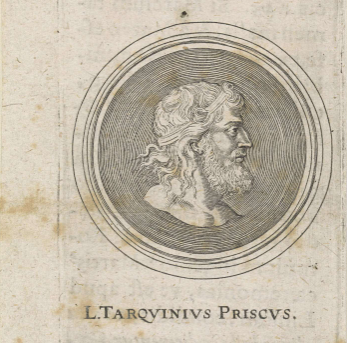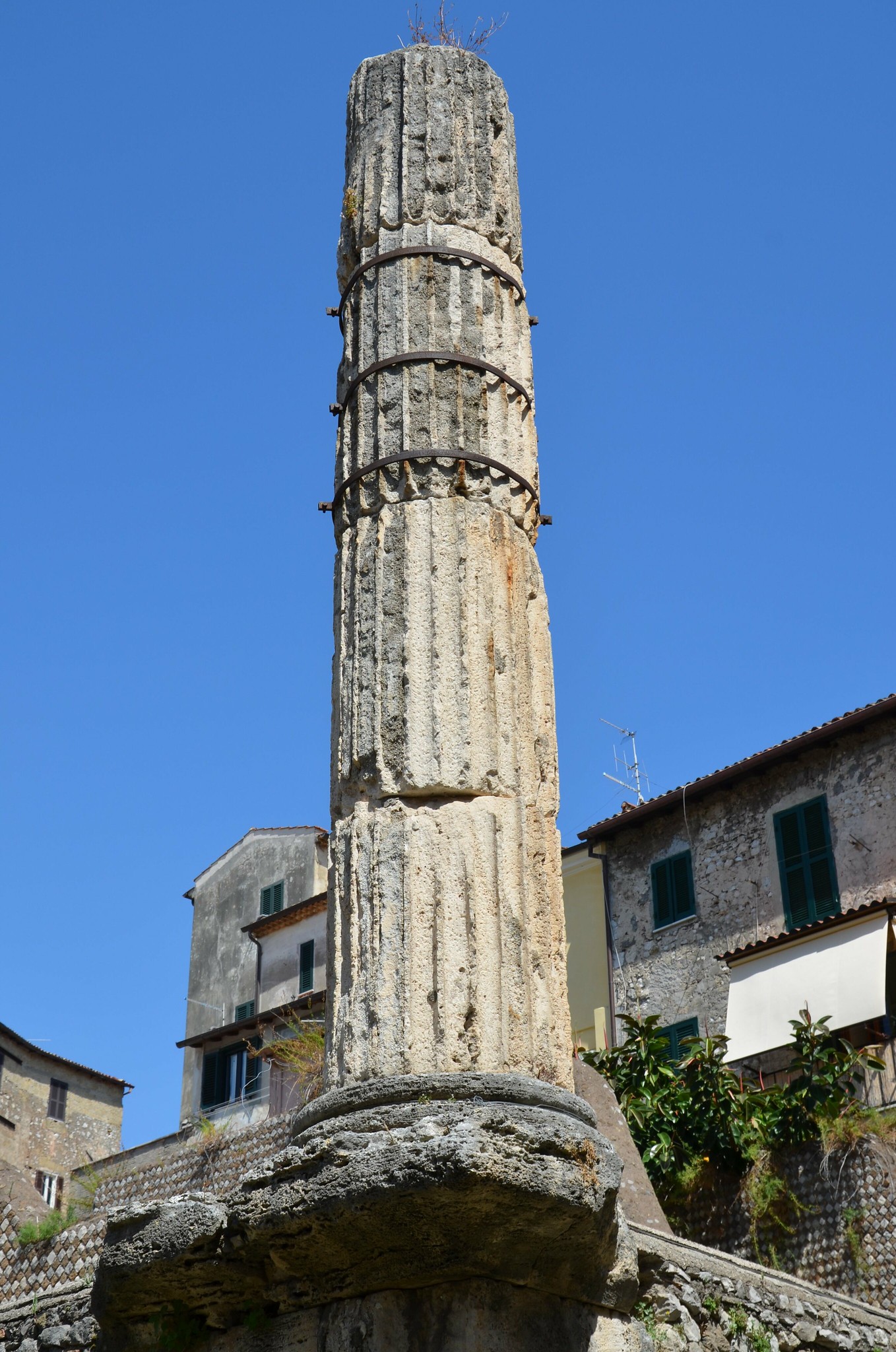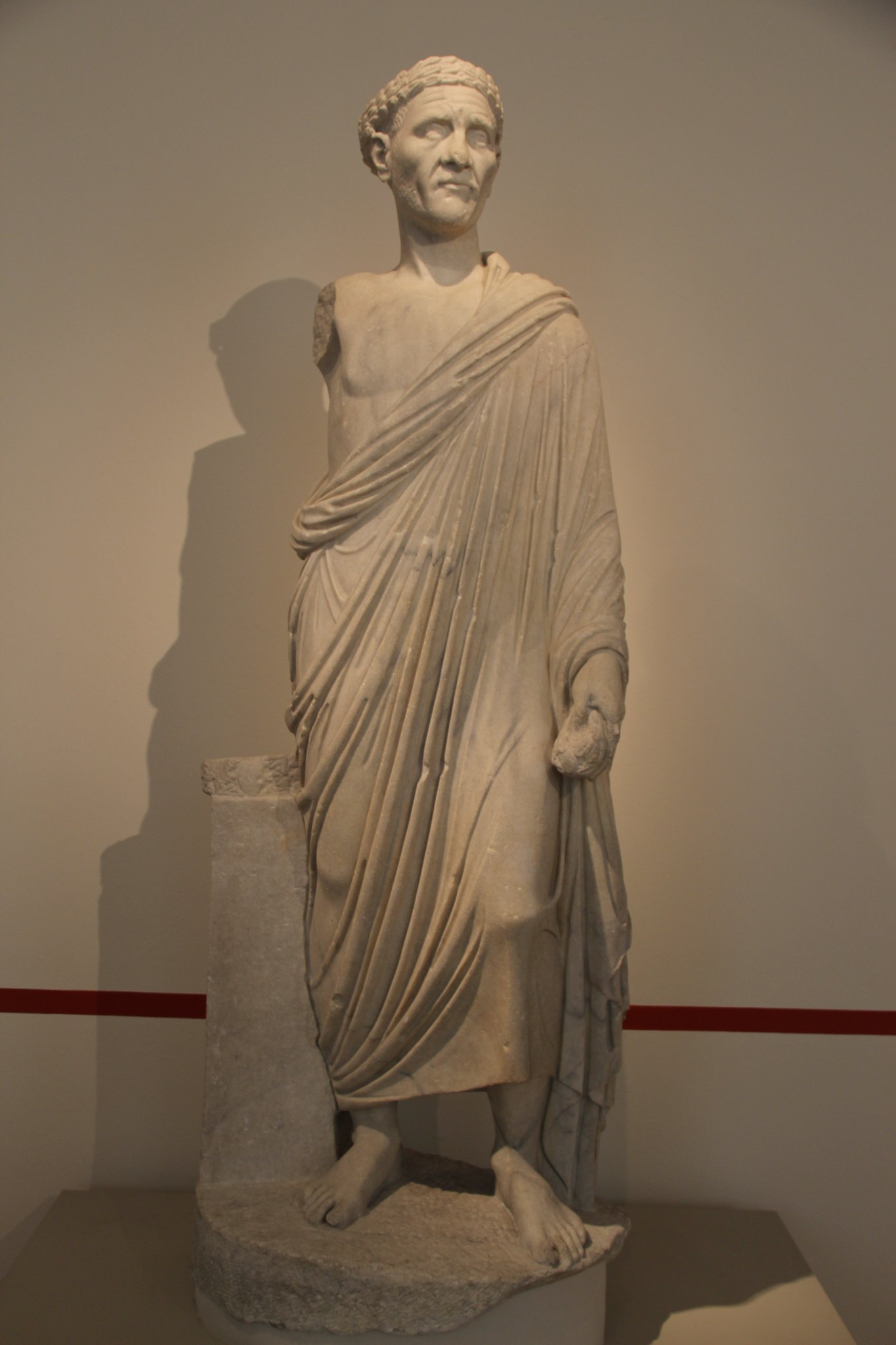
Etruscan civilization predated the Roman Empire by hundreds of years, and as such, the Romans were profoundly influenced by many Etruscan practices, including types of farming, methods of artwork, religious rituals, and even clothing styles.
The Etruscan civilization flourished in Central Italy between the 8th and 3rd century BC, dominating the region until it gradually fell to expanding Rome beginning in the late 4th century BC. However, military defeat did not mean cultural defeat for the Etruscans, and indeed, the Romans inherited many of their own cultural and artistic traditions from this great, preceding empire.
In fact, hundreds of years after the Etruscans had been conquered by the Romans and absorbed into their empire, the latter still allowed the presence of an Etruscan priesthood in Rome and even consulted it when under attack from invading barbarians.
The spectacle of gladiatorial combat, hydraulic engineering, and temple design were all traditions the Romans transferred into their culture from the Etruscan civilization, but it was not limited to these.
How did the Etruscans influence the Romans?
Etruscan families in early Rome
One of the earliest contributions that Etruscans made to the Roman makeup was simply that many aristocratic Roman families were of Etruscan origin, including the Herminia gens, Lartia gens, Tarquitia gens, Verginia gens, and the Volumnia gens. “Gens” refers to a group of families who share a common origin.
Two members of the Herminia gens held the consulship in Rome during the early years of the republic, one of them being Titus Herminius Aquilinus, who took the position of consul in 506 BC only a few years after the republic was founded.
Of the Lartia gens, the best-known early member was Titus Larcius, who was consul twice, the first time being alongside Titus Herminius Aquilinus in 506 BC. Larcius became the republic’s first dictator.
Several of Rome’s early kings are believed to have been Etruscans, and according to some ancient authors, Rome’s fourth king was Lucius Tarquinius Priscus, who allegedly lived around 600 BC not long after Rome was founded. He supposedly came to Rome from Tarquinia in Etruria and eventually came to power.

The son-in-law of Priscus, an Etruscan man named Servius Tullius, stepped up and became the next king, and after Tullius, there was Lucius Tarquinius Superbus, who was either the son or grandson of Piscus. This last king was overthrown by Lucius Junius Brutus, who allegedly established the republic and became the joint-first consul of Rome. The other consul was Lucius Tarquinius Collatinus, and both men were from Etruscan families.
Engineering and architecture
Archaeological work has shown that the Etruscans were present in Rome from as early as the 7th century BC, which may explain why Dionysius of Halicarnassus, an ancient Greek historian who lived during the reign of Emperor Augustus, wrote that “many of the historians have taken Rome itself for a Tyrrhenian (Etruscan) city.”
Roman engineering and architecture was also heavily influenced by the Etruscans, with much of the necessary knowledge and designs for monumental structures like the Colosseum being adopted from the Etruscans. A good example of this transfer of technique and knowledge lies in the hydraulic engineering of the Romans, who based many of their structures on Etruscan methods—the latter having constructed many spas, dams, and irrigated agricultural areas.

The cuniculus, a type of drainage channel that the Etruscans used extensively, was also present in early Rome, and the earliest piece of hydraulic engineering in Rome was a sewer system, the Cloaca Maxima, which some claim was built by Etruscans, with Etruscan King Priscus supposedly ordering its construction.
In addition to structures that channel water flow, the Etruscans constructed unique buildings which would later influence the Romans. Roman temples were inspired by Etruscan ones, with an early example being the Temple of Jupiter Optimus Maximus on the Capitoline Hill in Rome. Its position on a high podium, its deep porch, and the specifically-directed approach are all evidence of the influence of Etruscan temples. It is claimed that the common Roman house also took its design from Etruscan architecture.
The Romans likewise adopted the use of what is known as the Tuscan column, first employed by the Etruscans as an adaptation of the ancient Greek Doric column. The Romans allegedly favored this type of column for military buildings due to its relative strength. Archaeological work has shown that the first significant buildings in Rome were Etruscan in origin.
Adopted and adapted customs
The Romans even owe a debt to the Etruscans for their writing, following the fact that the Etruscans adopted their alphabet from the ancient Greeks—directly or through the Phyrgians—and the Romans began the craft of writing using this same alphabet.

The Etruscans also influenced the clothing styles of the Romans, with the toga, the most famous part of Roman dress, supposedly originating from the Etruscan tebenna, a long cloak draped over the left shoulder and wrapped around the torso.
The glorious gladiatorial games of the Romans are believed to have originated from an Etruscan custom, too. The Etruscans staged funerary rites, which involved fighting, often to the death. An example of this can be seen on the Tomb of the Augurs in Tarquinia, which dates back to the 6th century BC. The Romans took on this practice, and the resulting funeral games gradually evolved and became known as the gladiatorial games.
Furthermore, the Roman legal system is known to have been profoundly influenced by Etruscan law, with the emphasis on ritual in the former. This provides evidence of the adoption of the latter.
Religious influence
The names of Roman gods convey an influence by the Etruscan pantheon, with the Etruscan god Uni being reshaped into the Roman god Juno. The Etruscan Menvra morphed into the later Roman god Minerva.

Even the demigod heroes of ancient Greek mythology found their way into Rome through the Etruscans, who attributed the name “Heracle” and “Hercle” to the Greek Heracles, eventually leading to the Romanization of the word, becoming “Hercules.”
The Romans even adopted the Etruscan religious feature known as haruspicy, or liver divination, which became a common practice in the Roman world. The religious calendar of the Romans, which aimed at harmonizing the solar and lunar year, also originated with the Etruscans, and it seems as though it was first developed in the 6th century BC during the period of Etruscan domination of Rome.
See all the latest news from Greece and the world at Greekreporter.com. Contact our newsroom to report an update or send your story, photos and videos. Follow GR on Google News and subscribe here to our daily email!



